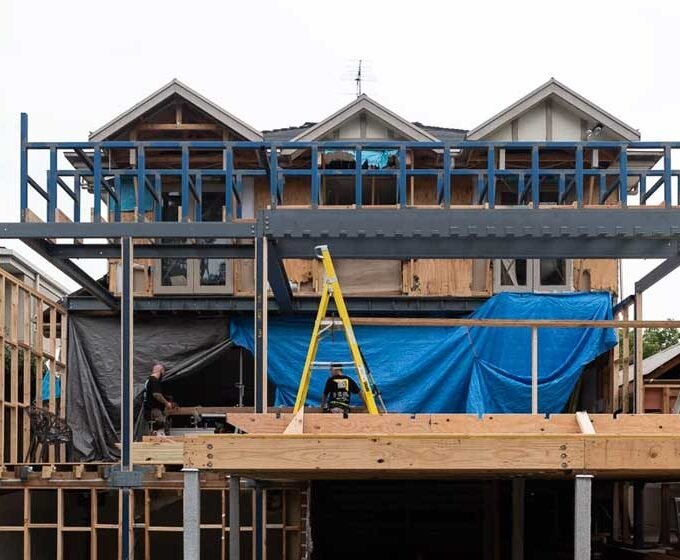Even in its initial stages, water damage can be a distressing experience for property owners. However, the impact of water damage can worsen significantly over time if not discoursed promptly and adequately. This comprehensive analysis surveys the escalating effects of water damage, detailing how the severity of the damage can increase and lead to more extensive and costly repairs if left unattended.
Immediate Effects of Water Damage:
The initial effects of water damage can range from visible signs of water intrusion, such as damp spots on walls and ceilings, to standing water on floors. Immediate consequences may include discoloration, swelling, and warping of building materials, such as wood and drywall. Saturated carpets and upholstery are also common outcomes of water damage. In some cases, water damage can lead to electrical hazards and pose safety risks to the occupants of the property.
The Impact of Delayed Response:
Water damage intensifies when gone untreated. Within the first 24 to 48 hours, mold and mildew can thrive in the damp environment, further deteriorating building materials and forming health hazards. As the water resumes oozing into walls, floors, and other structures, the possibility of long-term damage is boosted.
The affected areas become breeding grounds for bacteria and other microorganisms, leading to foul odors and health issues, including respiratory problems and allergies. Additionally, prolonged exposure to moisture can weaken the structural integrity of the building, making it vulnerable to collapse and causing additional safety concerns.
Secondary Damage and Mold Growth:
As water damage persists, secondary damage can exacerbate the situation. Prolonged exposure to moisture can cause paint to blister, wallpaper to peel, and wood to rot. These issues can usher in costly repairs and renovations.
The most influential concern when bargaining with water damage is mold growth. Mold thrives in damp and humid environments, and once it takes hold, it can distribute rapidly throughout the property. Not only does mold induce structural damage by smashing down organic materials, but it also poses extreme health risks to occupants. Inhalation of mold spores can initiate allergic reactions, respiratory issues, and other health issues, specifically in individuals with pre-existing conditions or compromised immune systems.
Structural Deterioration:
Water damage can usher to severe structural deterioration over time. Wooden components, such as beams and joists, can become weakened and compromised due to prolonged exposure to moisture. The virtue of drywall, plaster, and masonry can also be hardly impacted, outcoming in sagging ceilings, bulging walls, and cracks in the foundation. In intense cases, water-saturated materials can usher in structural collapses, posing significant risks to the safety of occupants.
Financial Implications:
The escalating effects of water damage have substantial financial implications for property owners. Delaying repairs and restoration can usher in more extensive damage, increasing the costs of repairs and replacements. Further, mold growth and secondary damage may mandate specialized remediation services, which can be expensive. In extreme cases, properties that suffer severe water damage and structural deterioration may become uninhabitable. This situation can result in significant financial losses in repair costs, lost rental income, or lower property value.
Prevention and Timely Restoration:
Prevention and timely restoration are paramount to mitigating water damage’s escalating effects. Regular property inspections can help identify problems like plumbing leaks, roof damage, or inadequate drainage systems. Early detection and prompt action can stem water damage from worsening and reduce the likelihood of extensive repairs. Property owners should take immediate steps to address any water damage, no matter how minor it may seem. Professional water damage restoration companies have the expertise, equipment, and experience to quickly and efficiently handle water damage, preventing further deterioration and mold growth.
Water damage is a severe and escalating issue that requires prompt attention and action. From its immediate effects of damp spots and standing water to the secondary damage of mold growth and structural deterioration, the consequences of water damage can worsen significantly over time. Failure to address water damage can lead to extensive repairs, financial burdens, and health hazards due to mold infestation. To mitigate the escalating effects of water damage, property owners must prioritize prevention, regular inspections, and timely restoration by enlisting the help of professional restoration companies. Swift and efficient action is crucial in minimizing the risks and costs associated with water damage, safeguarding the property’s structural integrity, and the well-being of its occupants. By understanding the severity of water damage and its potential ramifications, individuals can take proactive measures to protect their investments and ensure a safe living environment. For property owners, affordable water damage restoration in Idaho is readily available to address water-related emergencies promptly and cost-effectively.
















